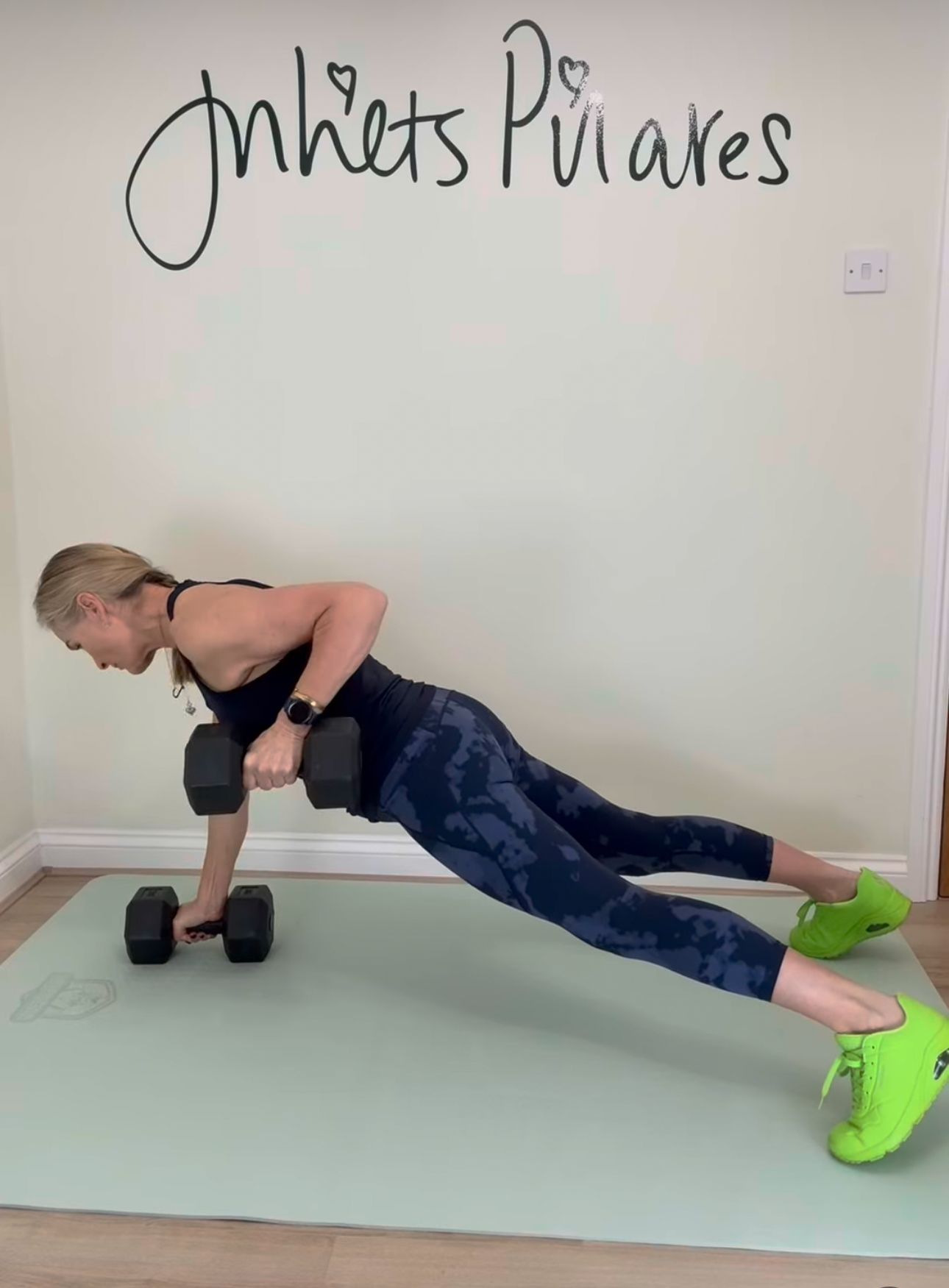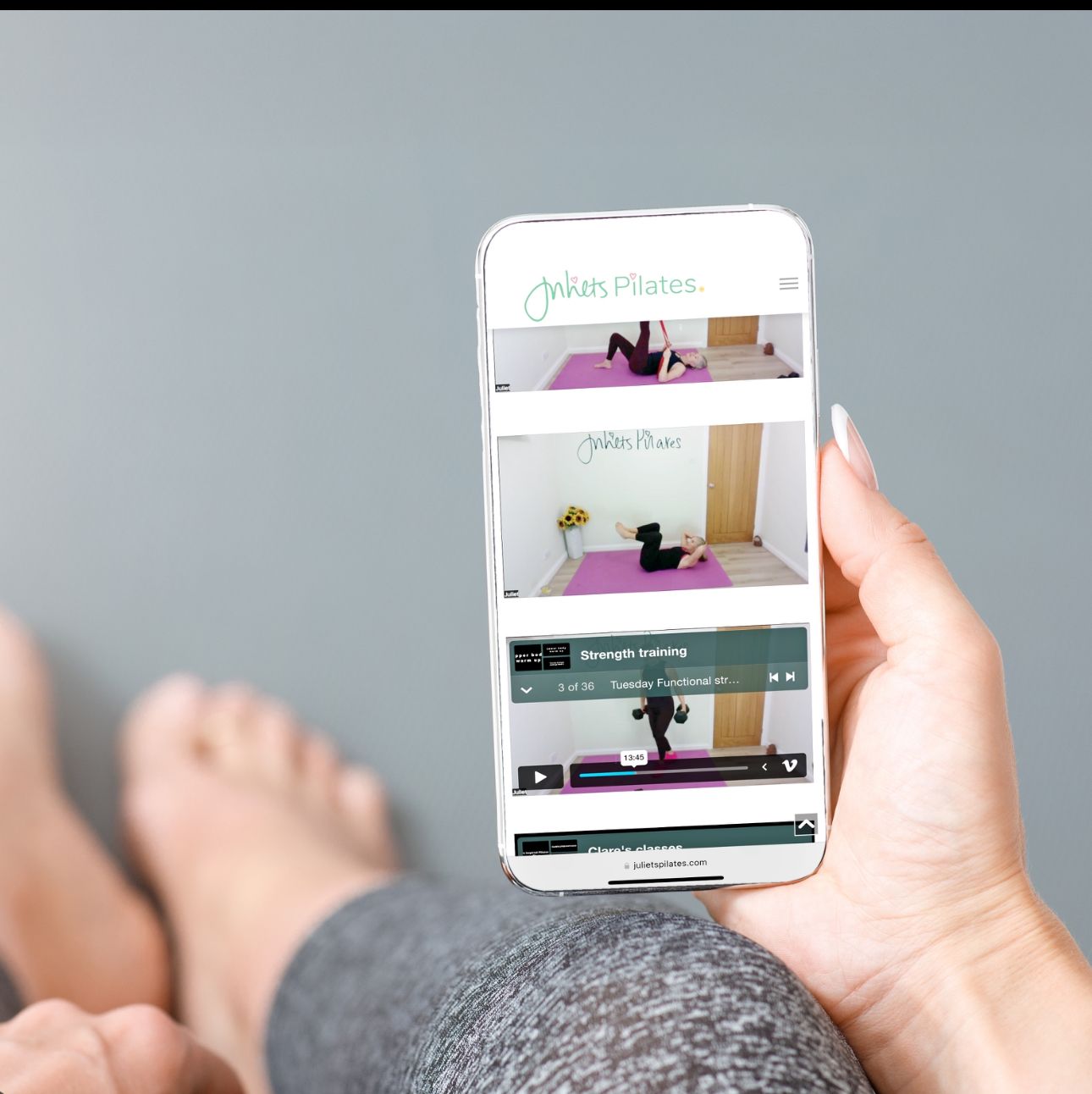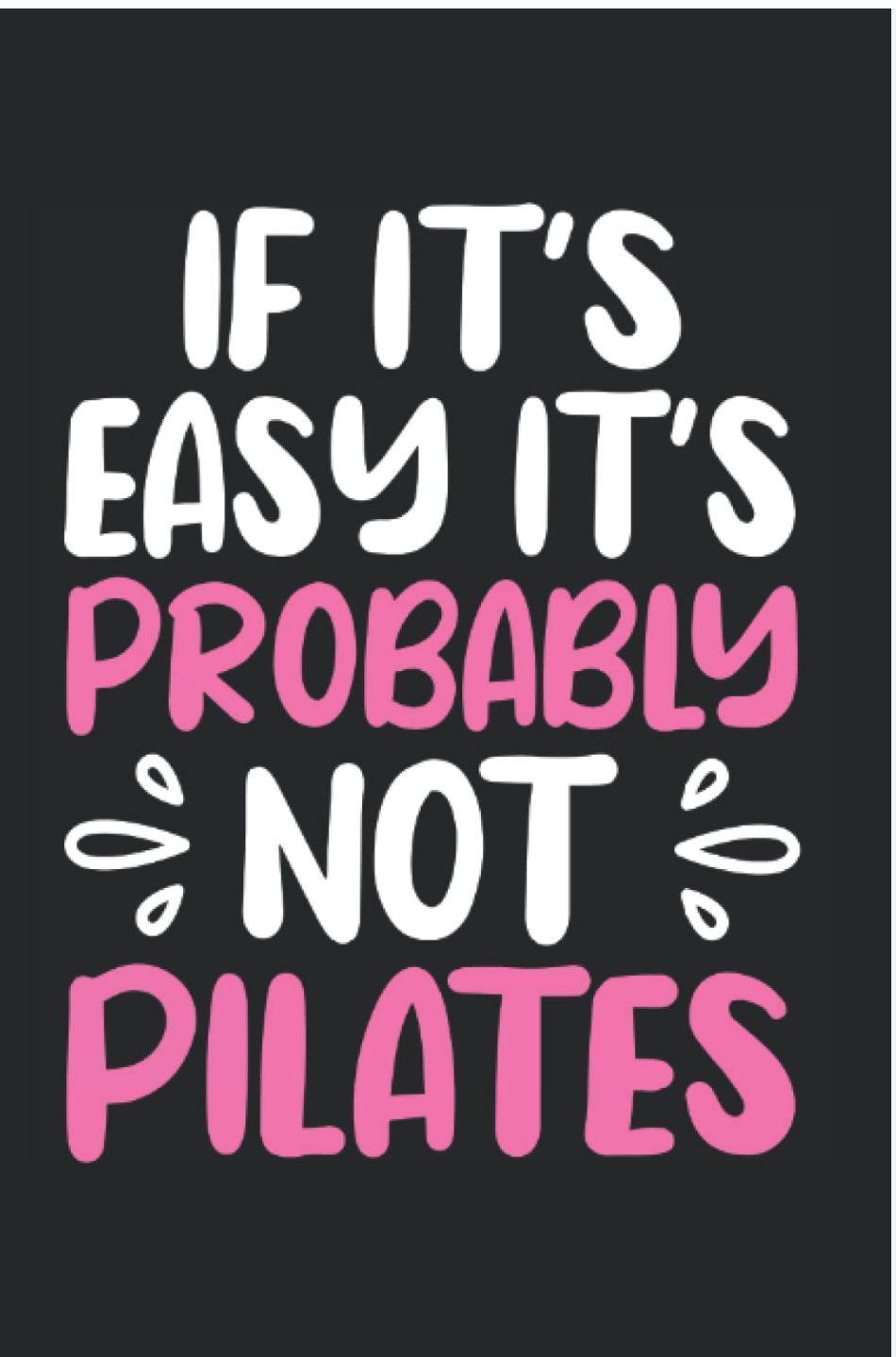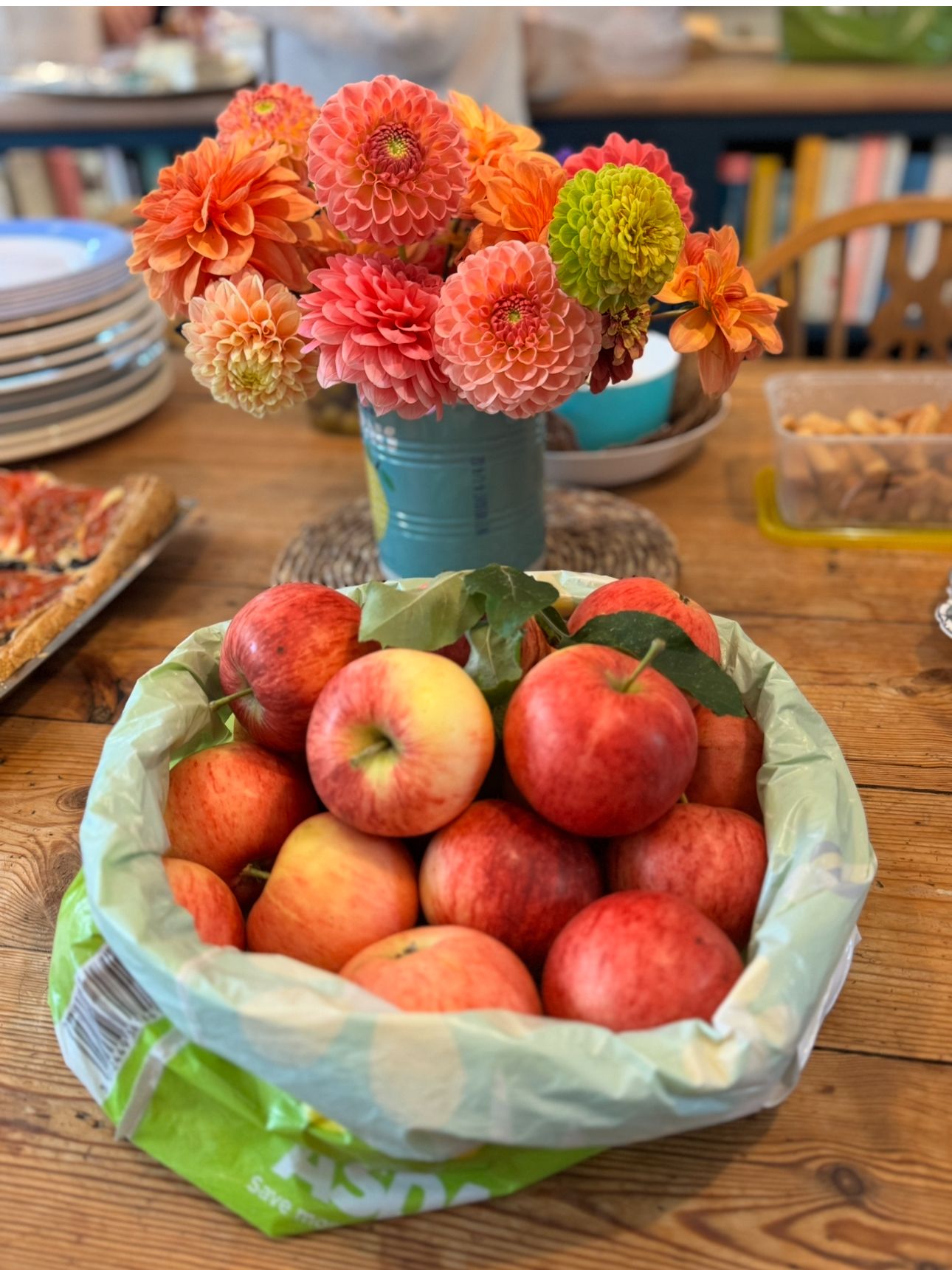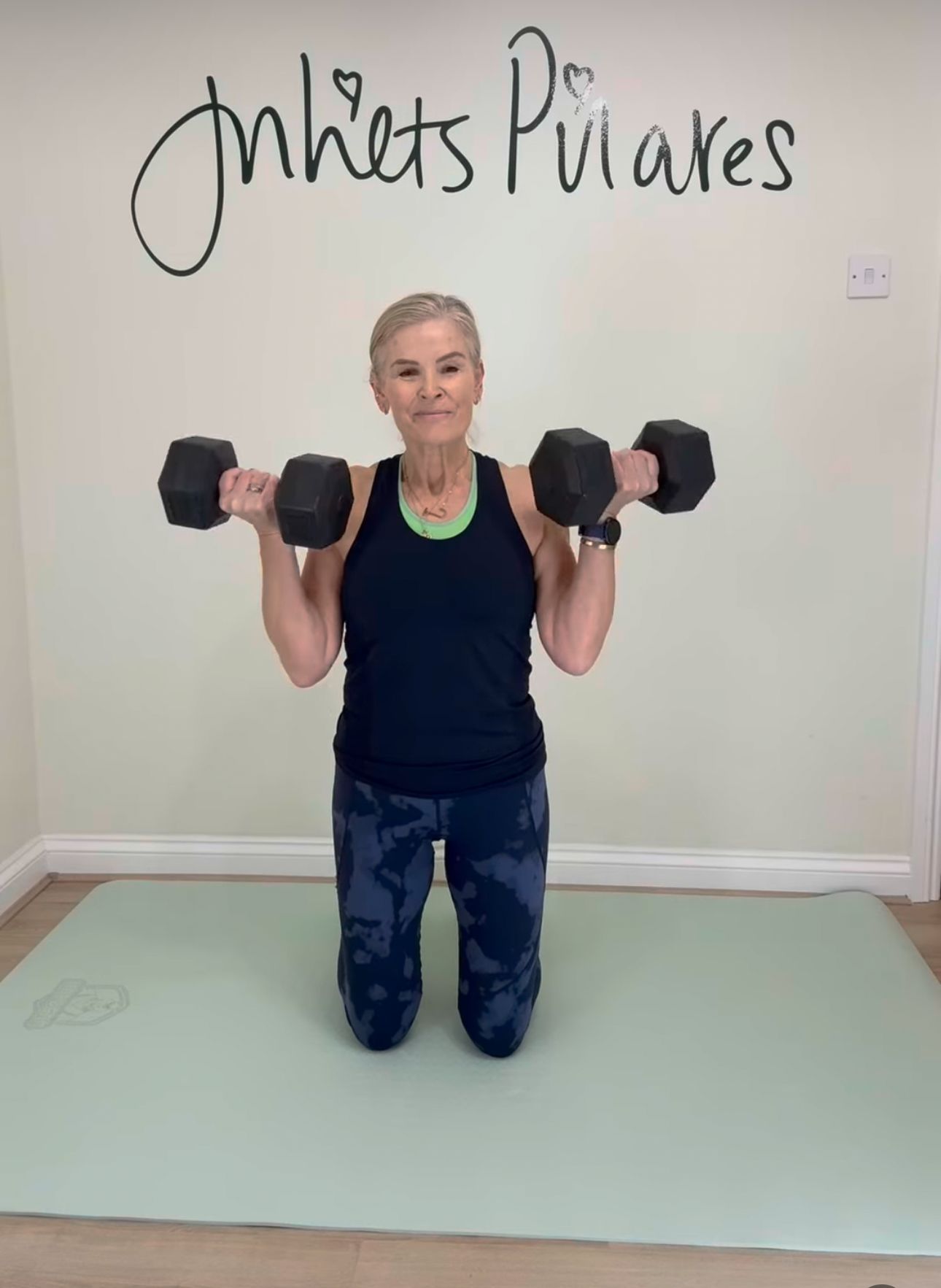In a week that has seen Strictly start (wooHOOO), Dame Julie Andrews celebrate her 90th birthday (the voice behind my two favourite movies of all time) and piglets trotting about the forest, we wave goodbye to a sunny September and roll over into October.
I am delighted to see some returning members - welcome back! We are now zooming weekly into no less than 6 and sometimes 7 countries and I have to admit, I am a little bit proud about that!
I am delighted also to see such a positive response to my evening weights classes in addition to our regular twice weekly strength training. It just goes to show that we all know we ought to be but sometimes need a bit of a nudge to get going.
However… WHAT WEIGHT DO I LIFT? WHAT ARE REPS AND SETS? WHAT IS THE DIFFERENCE BETWEEN THE DIFFERENT TYPES OF WEIGHTS CLASSES are just some of the questions I am regularly asked so I hope I can explain and simplify for us all. (Please refer back to Weekly Wrap up week 34 where I wrote about how lifting weights and building strength WILL help us lose weight, far above and beyond cardio, should that be a goal).
HYPERTROPHY versus STRENGTH
Here’s the science bit.
“Strength training increases a muscle's maximum force-producing ability, while hypertrophy training increases the physical size of the muscle. Both are important in order to build a strong body capable of physical day to day activity and endurance.
Strength training uses heavier weights, fewer repetitions, and longer rest periods, whereas hypertrophy training uses moderate weights, more repetitions, and higher overall volume to cause muscle growth"
.
Myth buster - Ladies - unless you are eating 15 steaks for breakfast, pumping yourself with testosterone and spending 8 hours (yes, I do mean that) in the gym for months and months and months, you
WILL NOT BULK UP. I can assure you that if it was that easy, body building would be a lot more popular. It is just not physiologically possible.
WHAT ARE SETS AND REPS?
Reps - a repetition of a move - one rep of a bicep curl is to lift the weight one time.
Sets- how many reps you do in that set before you rest.
For example, perform 10 repetitions in 1 set, have a rest and repeat a second set which gives you a total of 20 reps spread over 2 sets.
WHAT WEIGHT DO I LIFT?
Is the question I am most often asked so here is some information that I really hope helps.
This is only a guide and of course you don’t have access to a huge range of weights but for starters, I hope this explains.
Start with a weight that feels easy: Begin with a weight that allows you to complete the desired number of repetitions with proper form. I typically give you a guide of how many reps we are planning so if less reps, heavier weight, more reps, lighter weight.
Gradually increase the weight: Add small increments of weight and complete the desired number of repetitions. Repeat this process until you
find a weight that challenges.
It's more important to focus on proper form and technique than to lift heavy weights. If you're struggling to maintain proper form, reduce the weight
We typically start with compound exercises like squats, deadlifts and shoulder presses to work multiple muscle groups at once as a great way to build overall strength and we then progress to more isolated work as we develop technique, confidence and skill.
Gradually increase the weight as you become stronger.
If you live near a Decathlon or John Lewis, go in and lift the weights - seriously! See how many reps you can do as a guide! Try before you buy - (but if you repeat regularly, you will have to go heavier soon anyway).
How do I know if I am improving?
Well for those of you who have messaged to tell me you have already bought heavier weights, that is a good indicator and BRILLIANT! For those of you who have told me that you have discovered that you actually enjoy the weights classes despite all reservations, I am THRILLED.
......HOWEVER....
Remember - range of movement is just as powerful a sign of progress.
If you are squatting deeper than you could 6 months ago
If your hips feel more mobile and your knees less stiff.
If you can lift your arms overhead without restriction.
If you can perform a movement correctly that used to tip you out of neutral or bother your lower back.
If you control the movement through a bigger range (larger distance) with correct technique and form.
If you can perform the move more slowly or even introduce a pause.
THIS IS PROGRESS!
Strong isn’t just about load. Strong is about moving better, more freely, with more confidence and less stiffness or pain.
So the next time you squat, think less about the weights in your hands and more about how your body feels and moves - those are the real wins and honestly? That is why we are doing this! For everyday life - for a longer, healthier life.
HALF AN HOUR. That is honestly all you need to do.
30 minutes twice or 3 times a week to see real results and to build a stronger body. Yes, you do have time. It is about priority. If currently, you don’t have time, that is absolutely fine and when you are in the right headspace to start, you’ll find the time and it will slowly become a habit.
IN NEXT WEEK'S POST
I will make suggestions about how you can increase the challenge while repeating the SAME exercises, using the SAME weights before you worry that you are going to have to spend a fortune.
Also what sort of weekly program you might want to consider as lifting weights becomes a more regular feature in your schedule so that you tick off the Pilates, stretch and mobilise and walking/running needs too.
